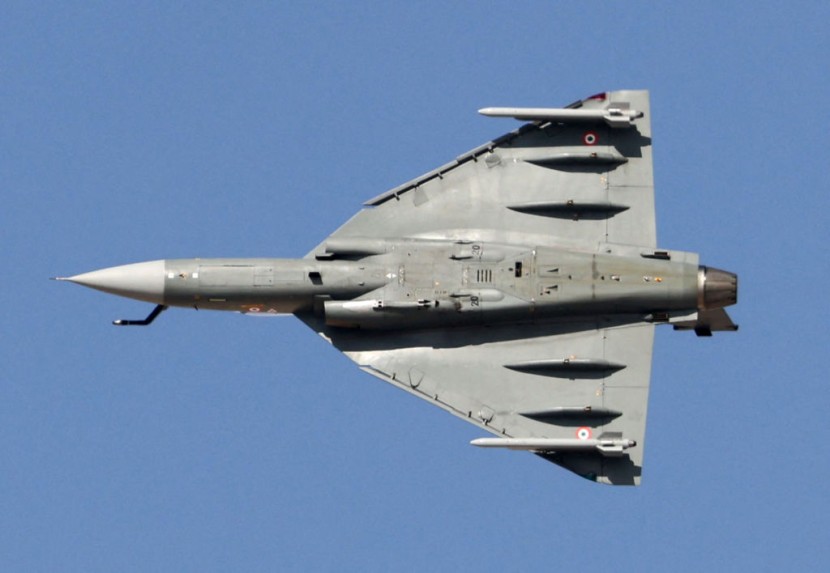
The LCA Tejas versus Saab Gripen are the two last contenders from the Indian Air Force to consider after several aerospace firms offered their best. IAF is choosing the best fighter to modernize its fleet from its current one, but the Indian fighter might get the edge.
LCA Tejas Vs. Saab Gripen
The JAS-39 Gripen is a multi-role aircraft that first flew in 1996, per Air Force Technology. By 2020, roughly 271 aircraft had been manufactured, with the Gripen E's most recent variant. Comparably the Tejas Mark1 was started in the mid-80s and took several years before it was produced.
The Gripen's preliminary development began in 1979, and a new model was developed and developed: the JAS-39, which started flying for the first time in 1988.
The first delivery of the Swedish fighter was in 1993, and it was in service with the Swedish Air Force by 1996, giving it an edge over the Indian fighter.
According to The Hindu, the Tejas Mark 1 was in service by 2015 with the IAF, by 2020, there were 37 produced. But the Mark 1A has 40 upgrades over the Mark 1 to start manufacturing by 2023.
Around 1986, the Tejas went through its first development phase. Even though the layout of this Light Combat Aircraft (LCA) was finished in 1990, it first flew in 2001.
Along with the development period, other technical criteria must be compared between the two platforms to ascertain which is better.
Tejas Edge Over the Gripen
The Indian fighter has an advanced flight control system and a better Fly by Wire System and quadruplex (4-channel) compared to the Swedish fighters with a three-channel Digital Fly by Wire system Triplex, EurAsian Times reported.
JAS 39 has a thrust-to-weight ratio of 0.97, while LCA Tejas has a ratio of 0.91. As a result, Tejas's speed at Mach 1.6 is equivalent to that of the Gripen at Mach 2. T the LCA Tejas Mk1 is on par with modern aircraft.
Tejas has a lot of composites in its airframe, unlike its competitor; its smaller profile is less visible to the naked eye. Tejas has a Y-duct inlet that lessens detection of the engine compressor face from radar.
LCA has the edge over the Gripen in minimum takeoff distance; LCA needs 460 meters compared to 800 meters of the Swedish jet.
Use composite capable of radar reflection with radar-absorbent material (RAM) coatings for more stealth; the Gripen does not have it. Although most characteristics there are similar.
Fighter With Better Avionics
The JAS Gripen has an integrated electronic warfare system with radar warning and identification, jamming equipment, and passive defensive systems like chaff and flares.
HAL Tejas Mark 1 has homegrown electronic warfare systems like radar warning, self-protection jammer, chaff, flare passive defense measure, and capable long shot missile engagements.
The Tejas is 43 feet long, smaller than Gripen's 49 feet long. The wingspan is 26 feet long, while the Swedish fighter is 27 feet long, considered size-wise.
In height, the two jets, Tejas is 14 feet 5 inches tall while the Gripen is 14 feet 9 inches tall. The larger size of Gripen has more range, but radar can see it coming more.
LCA Tejas versus Saab Gripen shows the Indian fighter with advantages in avionic and combines some stealth-like characteristics over the Swedish contender, but they are nearly equal in most areas.
Related Article : India's Tejas LCA Competes With Chinese, South Korean Models as UAE Procures Military Hardware in Defense From Rebel Threats








